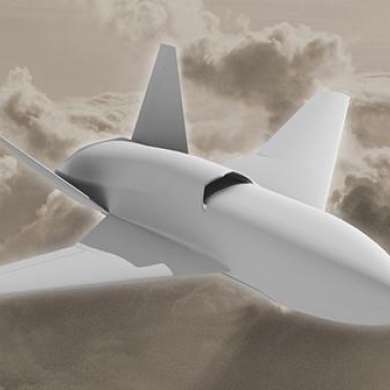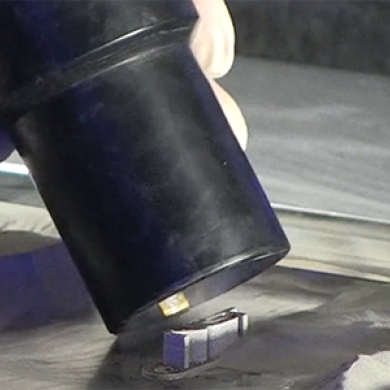July 10, 2020
Additive Technologies For Future UK Air Power Advance
Tony Osborne July 10, 2020 Bidders pushing for a role to build a technology demonstrator for the UK's Lightweight Affordable Novel Combat Aircraft (LANCA) are waiting to see if their design proposals will be approved for the next phase of the initiative. Three industry teams were selected last summer (AW&ST July 29-Aug. 18, 2019, p. 18) to take forward development of the LANCA air system, an unmanned air vehicle that could act as additive capability accompanying future combat aircraft into operations. LANCA would perform a range of tasks, including serving as a loyal wingman, gathering intelligence or acting as a weapons carrier. The Royal Air Force envisions a platform costing 1/10th of current combat aircraft and developed in one-fifth of the time. The idea is like that of the Kratos XQ-58 Valkyrie for the U.S. Air Force's Skyborg program, Australia's Boeing-led Airpower Teaming System and remote carriers for the French, German and Spanish Future Combat Air System. Since then, the industry teams—which include Boeing Phantom Works International, working with Marshall Aerospace and Defence Group and Cranfield University; consortium Team Black Dawn, Callen-Lenz and Bombardier Belfast; and Northrop Grumman UK with Team Avenger, led by Blue Bear Systems Research and yet to be disclosed partners—submitted their proposals for the £4.8 million ($6 million) Phase 1. The LANCA program is being led by the UK Defense Science and Technology Laboratories in conjunction with the Royal Air Force's Rapid Capability Office. The UK Defense Ministry is evaluating proposals in readiness for the second phase of the project, called Mosquito, which is worth £30-50 million. Mosquito would see one, possibly two of the candidates being matured into a full-size flightworthy demonstrator potentially undertaking a flight-test program. Aviation Week has been told there was stiff competition for the LANCA program: Some 45 bidders entered Phase 1 and were subsequently scaled down to nine. Around eight bids were then tendered, of which three were chosen. Few details have emerged about the proposals, although Boeing Australia confirmed through social media that it had secured a “first-of-type permit” from the Australian government to share design material for its Airpower Teaming System with the UK, suggesting the Boeing proposal may borrow heavily from that platform. Progress is also occurring on a drone swarm system announced by former Defense Secretary Gavin Williamson in February 2019: Demonstrations in March using five unmanned air vehicles proved a collaborative capability between the platforms, people close to the program told Aviation Week. https://aviationweek.com/ad-week/additive-technologies-future-uk-air-power-advance


